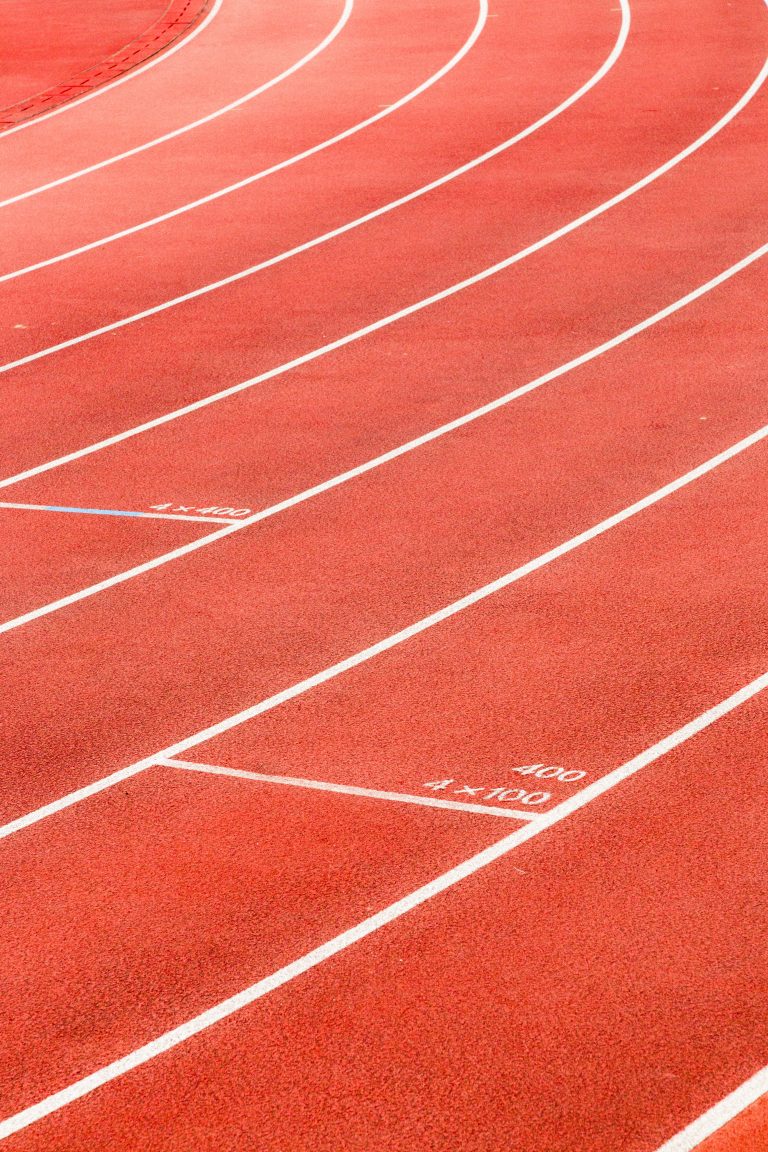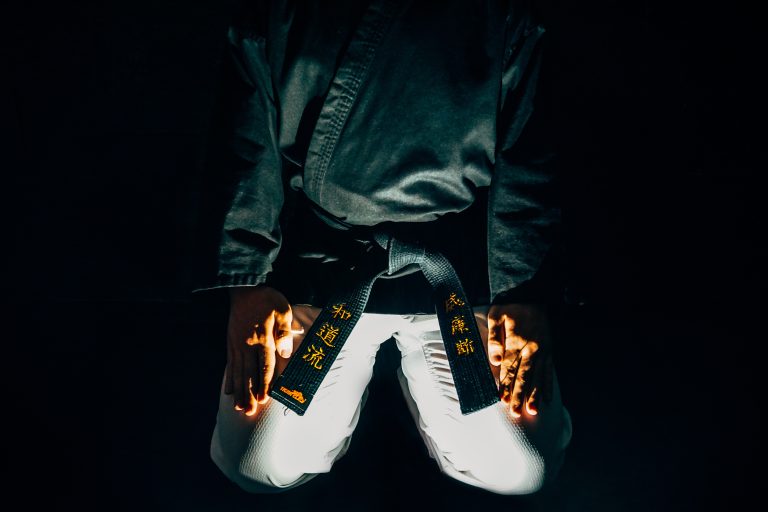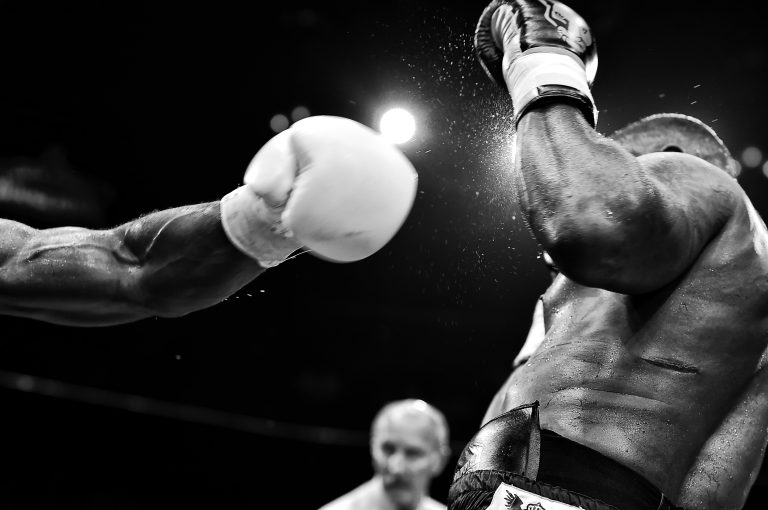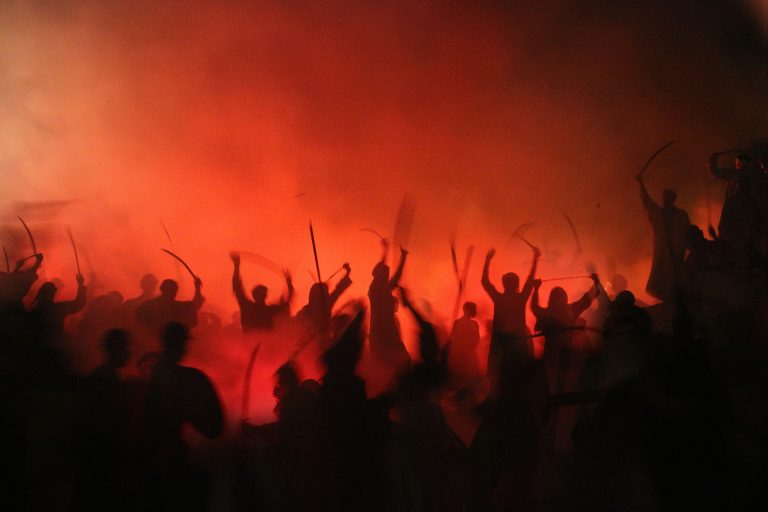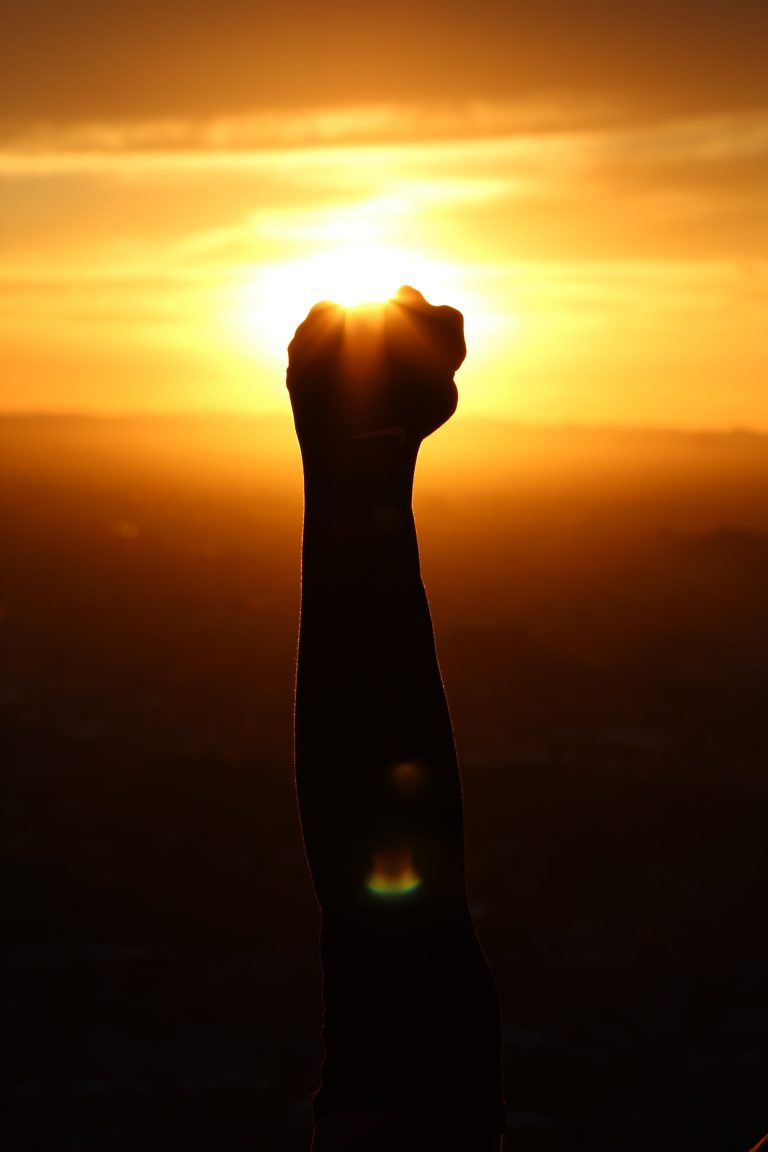Who Developed Karate-Do: A Comprehensive Guide
Karate-Do is a martial art and form of self-defense that originated from Okinawa, Japan. Its history can be traced back to the Ryukyu Islands, which were an independent kingdom with their unique culture and language. In the late 19th century, Karate-Do started gaining popularity in Japan and later in the world. Although many people know about this martial art, not many people know the story of the people who developed it.
In this article, we’ll explore the history behind Karate-Do and the people who developed it. The focus will be on the people who played a significant role in its creation, rather than just listing the names of all those who contributed. We’ll also discuss the different styles of Karate-Do that exist today and how they differ.
A Brief History of Karate-Do
Karate-Do, which means “the way of the empty hand,” is a martial art that involves striking, kicking, kneeing, and elbowing techniques, among others. Initially, it was developed as a form of self-defense, but over time, it became an art form, a sport, and a way of life.
The history of Karate-Do can be traced back to the Ryukyu Islands, an archipelago in Okinawa, Japan. In the 14th century, Okinawa was a center of trade between China, Japan, and Southeast Asia. It was during this period that the locals developed unique fighting styles based on the techniques they observed from foreign traders.
However, Karate-Do, as we know it today, was developed in the 20th century. It was a time when Okinawa was under Japanese colonial rule, and the Japanese people were looking for ways to promote their culture and identity. Karate-Do was one of the ways they did that.
The Development of Karate-Do
Although Karate-Do originated in Okinawa, Japan played a significant role in its development. The Japanese government helped to promote Karate-Do by establishing organizations and competitions, which helped to make it more popular both in Japan and the world.
One of the people who played a significant role in the development of Karate-Do was Gichin Funakoshi. Funakoshi was born in Okinawa in 1868 and was a student of both Okinawan and Chinese martial arts. He was instrumental in bringing Karate-Do to Japan and popularizing it. In 1922, Funakoshi organized a demonstration of Karate-Do in Tokyo, which was the first time the art was introduced to the Japanese public. He also wrote a book called “Karate-Do Kyohan,” which is considered the bible of Karate-Do.
Another important figure in the development of Karate-Do was Kenwa Mabuni. Mabuni was born in Okinawa in 1889 and was also a student of various martial arts. He is considered one of the pioneers of the Shito-Ryu style of Karate-Do, which combines the techniques of different styles. He is also credited with developing the Kata, which is a series of movements that simulate a fight with an imaginary opponent.
Other significant figures in the development of Karate-Do include Chojun Miyagi, who developed the Goju-Ryu style, and Mas Oyama, who created the Kyokushin style. Their contributions helped to create the different styles that exist today.
The Different Styles of Karate-Do
Karate-Do has many styles that vary in terms of technique, focus, and philosophy. Some of the most popular styles include Shotokan, Goju-Ryu, Wado-Ryu, Shito-Ryu, and Kyokushin.
Shotokan is the most popular style of Karate-Do and is known for its long, powerful movements. It emphasizes speed and power and is often compared to a fast-moving train.
Goju-Ryu, on the other hand, emphasizes circular movement and breathing. It combines hard and soft techniques and is often called “the adaptable style.”
Wado-Ryu is a more fluid style of Karate-Do and stresses evasion and avoidance of attacks. It emphasizes speed and distance and is often used in self-defense situations.
Shito-Ryu is a hybrid style that combines the techniques of different styles. It emphasizes both hard and soft techniques and is often called “the practical style.”
Finally, Kyokushin is a style of Karate-Do that emphasizes full contact sparring and breaking techniques. It is often called “the ultimate” style because of its emphasis on strength and endurance.
The History of Karate-do: Answering the Most Frequently Asked Questions
Karate-do, a martial art form that originated in Okinawa, Japan, has become globally known and practiced by millions of people. With its emphasis on self-defense and mental discipline, it has become a popular form of exercise, self-defense, and a way of life. However, despite its popularity, there are still many questions about its origins, development, and meaning. In this post, we will answer some of the most frequently asked questions about the history of karate-do.
1. Who Developed Karate-Do?
The development of karate-do is a long and complicated history, and it is difficult to point to a single person or group responsible for its creation. However, it is widely believed that karate-do was first developed on the island of Okinawa in the Ryukyu Kingdom (now part of Japan) in the late 19th century.
According to historical records, the Okinawans practiced various indigenous fighting arts, such as ti and te, which were heavily influenced by Chinese martial arts brought over by Chinese merchants and traders. These fighting arts promoted hand-to-hand combat with an emphasis on striking and blocking techniques. The Okinawans further developed these fighting arts into what we know today as karate-do.
2. What Does Karate-Do Mean?
There are various interpretations of the term „karate-do,“ but it is commonly translated as „way of the empty hand.“ Karate-do is a combination of three Japanese words: „kara,“ meaning empty, „te,“ meaning hand, and „do,“ meaning way or path.
The „empty hand“ in the name refers to the idea that karate-do emphasizes using only one’s hands and feet for self-defense, rather than relying on weapons such as swords or spears. However, karate-do also emphasizes a philosophy of peace and harmony, making it much more than just a form of combat.
3. Who Popularized Karate-Do?
After Okinawa became part of Imperial Japan in 1879, karate-do began to spread throughout Japan and later to other parts of the world. The first person to introduce karate-do to Japan’s mainland was Gichin Funakoshi, who was originally from Okinawa.
In 1922, Funakoshi traveled to Tokyo to demonstrate karate-do at the First National Athletic Exhibition. His demonstration was a resounding success, and he went on to teach karate-do in Tokyo and other parts of Japan. Funakoshi is often credited with popularizing karate-do outside of Okinawa, and he established the Japan Karate Association in 1949, which remains the largest karate organization in the world.
4. What Are the Different Styles of Karate-Do?
Over time, many different styles of karate-do have emerged, each with its own unique techniques, philosophy, and training methods. Some of the most popular styles include Shotokan, Goju-ryu, Shito-ryu, Wado-ryu, and Kyokushin.
Shotokan is one of the oldest and most widely practiced styles of karate-do, and it emphasizes strong, linear movements and powerful strikes. Goju-ryu, on the other hand, emphasizes circular movements and breathing techniques, and it incorporates elements of Chinese martial arts. Shito-ryu combines elements of Shotokan and Goju-ryu and emphasizes fluid, rapid movements, while Wado-ryu emphasizes evasive movements and deflections.
Kyokushin is a full-contact style of karate-do that emphasizes physical conditioning and powerful strikes. It was developed by Masutatsu Oyama in the mid-20th century and has a reputation for producing some of the toughest karateka in the world.
5. How Has Karate-Do Evolved Over Time?
Karate-do has continued to evolve and change over time, with many different styles and approaches emerging. Some of the most significant developments in the history of karate-do include the introduction of protective gear, changes in tournament rules, and the integration of other martial arts and fighting styles into karate-do training.
In the early days of karate-do, practitioners did not use any protective gear, and tournaments often resulted in serious injuries or even deaths. Over time, protective gear such as headgear, gloves, and body armor has become commonplace in karate-do tournaments.
Tournament rules have also changed over time, with a focus on safety and fair play. Many tournaments now use electronic scoring systems to ensure accurate and unbiased scoring.
Finally, many karate-do schools and instructors have incorporated elements of other martial arts, such as judo, jujitsu, and boxing, into their training programs to create a more well-rounded approach to self-defense and combat.
Who Developed Karate-Do?
Introduction
Karate-Do is a martial art that has its roots in Japan. It is a popular form of self-defense that has gained followers all over the world. One of the most common questions about Karate-Do is who developed the art. In this blog post, we will explore the history of Karate-Do and the individuals who played pivotal roles in its development.
The History of Karate-Do
The origins of Karate-Do can be traced back to the Ryukyu Islands, which are now part of Okinawa, Japan. These islands were once an independent kingdom with a unique culture that incorporated elements of Chinese and Japanese traditions. One of these traditions was the practice of empty-hand fighting, which was used by the island’s warriors to defend themselves against invaders.
Over time, this empty-hand fighting evolved into a formalized system known as Karate-Do. The term „Karate“ means „empty hand,“ and „Do“ means „way“ or „path.“ Therefore, Karate-Do can be translated as „the way of the empty hand.“
Important Figures in the Development of Karate-Do
While Karate-Do evolved over many centuries, there are several individuals who played a significant role in the development of the art. These include:
1. Funakoshi Gichin (1868-1957)
Funakoshi Gichin is often considered the father of modern Karate-Do. He was born in Okinawa and began studying Karate-Do as a young boy. In 1922, Funakoshi was invited to Tokyo to give a demonstration of Karate-Do. This was the first public demonstration of the art outside of Okinawa. Funakoshi went on to establish the Shotokan style of Karate-Do, which is one of the most popular styles in the world today.
2. Itosu Anko (1831-1915)
Itosu Anko was a student of the famous Karate master, Sokon Matsumura. Itosu is credited with introducing Karate-Do into the Okinawan school system in the late 19th century. He also developed the Pinan kata, which are a series of five kata that are widely practiced in Karate-Do today.
3. Miyagi Chojun (1888-1953)
Miyagi Chojun was the founder of the Goju-Ryu style of Karate-Do. He studied Karate-Do with Kanryo Higaonna, who was one of the most famous Karate-Do masters of his time. Miyagi went on to develop his own style of Karate-Do, which combined hard and soft techniques.
Conclusion
The development of Karate-Do is a fascinating story that spans centuries. While many individuals played a role in the evolution of the art, Funakoshi Gichin, Itosu Anko, and Miyagi Chojun are three of the most important figures in the history of Karate-Do. Today, Karate-Do is practiced all over the world, and it continues to evolve and develop as new generations of practitioners take up the art.
Inhaltsverzeichnis

